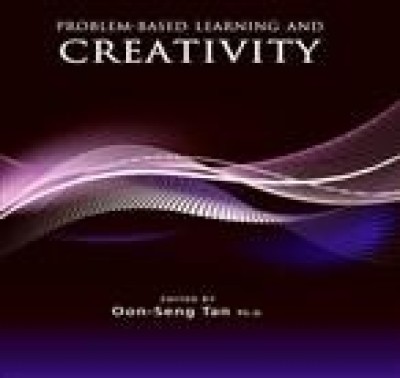Problem-based Learning and Creativity 1st Edition(English, Hardcover, Tan Oon-Seng)
Quick Overview
Product Price Comparison
Problem-based learning (PBL) is an educational innovation for greater diversity and engagement in learning. PBL diversifies learning by catering for interdisciplinary knowledge application and multiple perspectives in problem solving. It also enhances engagement through more independent learning, peer learning and teamwork in problem solving with possibilities of future learning technologies. This collection on PBL and creativity provides another quantum leap by linking the quest for novelty, creativity and innovation with PBL. One of the key features of the PBL environment is immersion in a problem context. In this volume, we see how such immersion developsŌĆönot only problem-solving acumenŌĆöbut also insights, intuition and inventive thinking. This volume captures examples and ideas of the interlink of PBL with creative ways of knowing, creative processes, creative learning environments and creative pedagogies. Key Feature First collection of its kind that brings together two important fields: the practice of problem-based learning and the applicability of creativity. PBL with an eclectic philosophy drawing on the best of various PBL models in real practice across disciplines and contexts. Creativity applied in the context of generative and divergent thinking, psychological and social contexts, and innovation learning environments. Edited by renowned international scholar on problem-based learning with perspective grounded in psychology and learning science. International contributions by scholars and practitioners in PBL across Asia, Europe, USA and Australia. Table of Contents 1. Problems and Creativity. 2. Problem-based Learning and Creativity: A Review of the Literature. 3. Facilitating Problem-solving Processes for Adaptors and Innovators. 4. Problem-based Learning Communities: Using the Social Environment to Support Creativity. 5. Developing Creative Learning Environments in Problem-based Learning. 6. Inspiring Creativity through Embodied Aesthetic Pedagogic Design. 7. Creativity and Group Dynamics in a Problem-based Learning Context. 8. The Problem-based Learning Model for Teaching Entrepreneurship. 9. Internet-enhanced Seven-Jump Problem-based Learning: Promoting Creativity, Economic Literacy, and Argumentation Skills. 10. Using Problem-based Learning Activities to Identify Creatively Gifted Mathematics Students. 11. Group Collaboration in an Online Problem-based University Course. 12. Assessment of Creative Knowledge Building in Online Problem-based Learning. 13. E-Portfolios for Problem-based Learning: Scaffolding Thinking and Learning in Preservice Teacher Education. 14. Transgenerational Problem-based Web Development Learning Experience.


